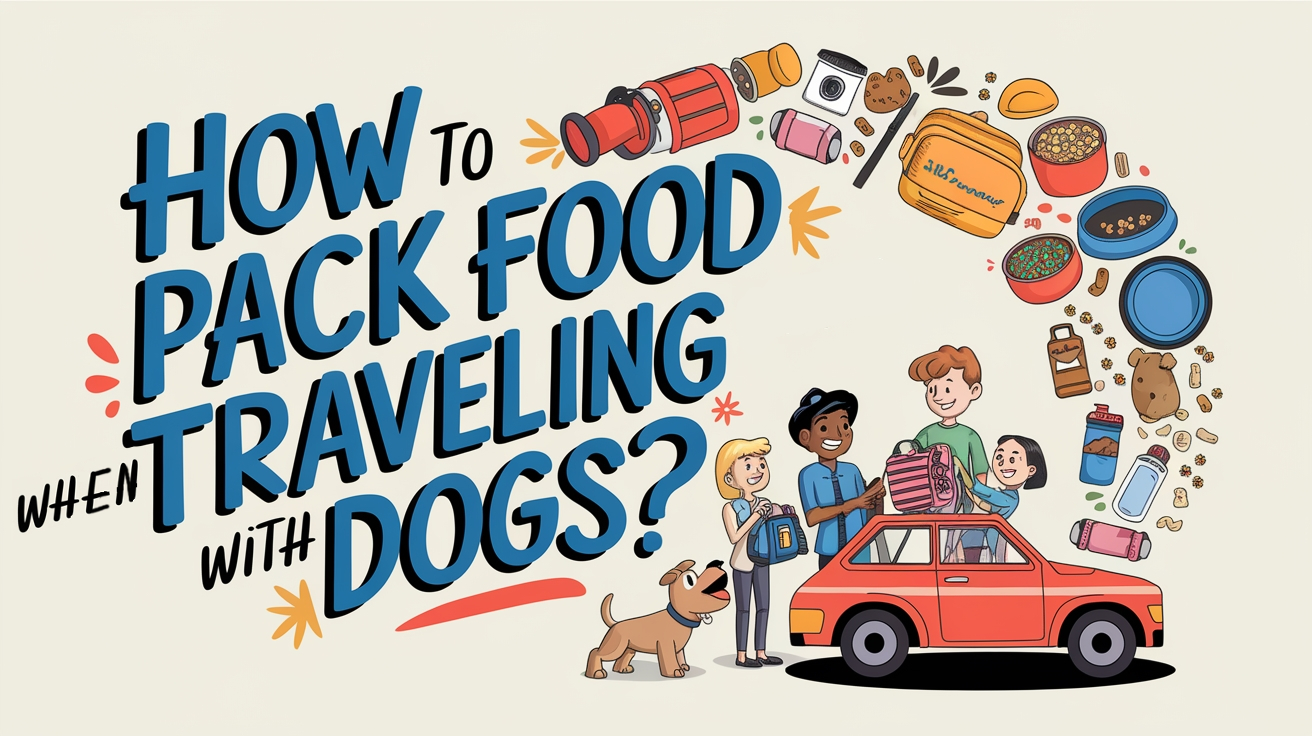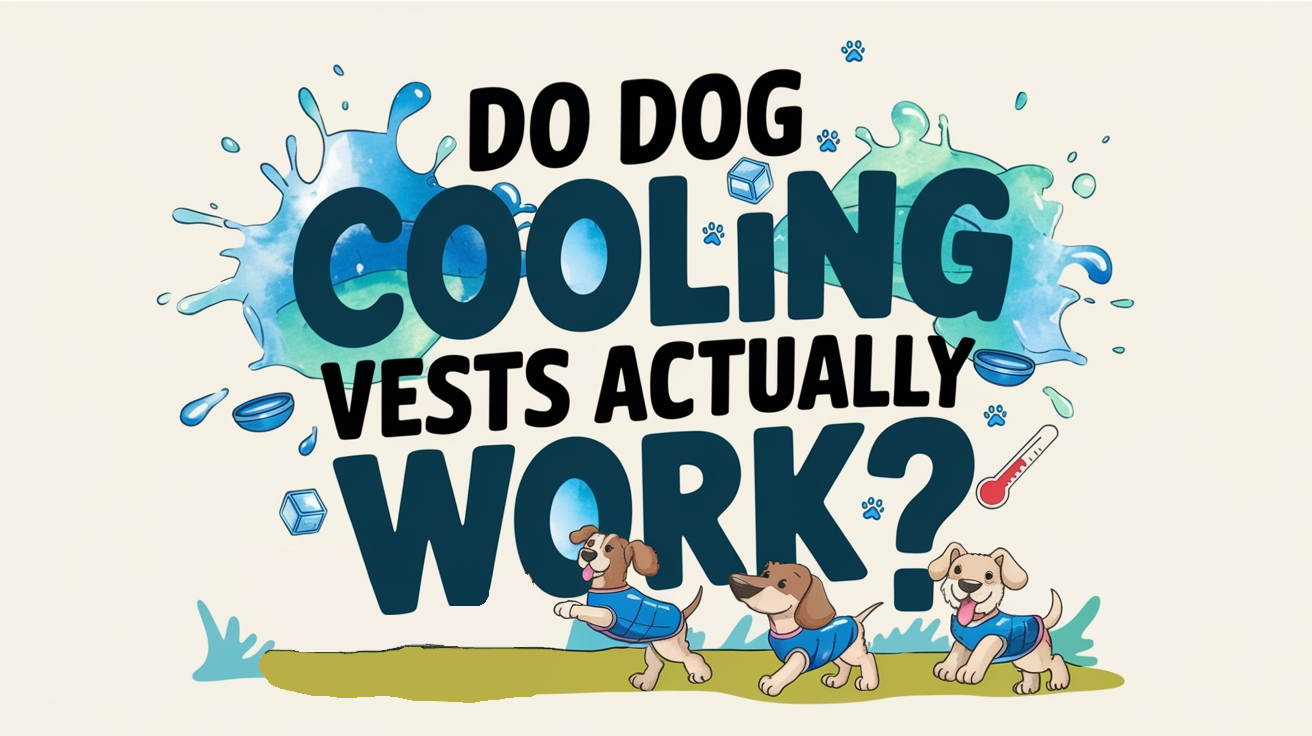Have you ever noticed your dog getting a little too close to the campfire, perhaps even enjoying the warmth? While it’s a common sight, have you ever wondered about the potential impact of the campfire smoke on your dog?
Understanding how campfire smoke can affect dogs is crucial for their well-being, and in this article, we’ll explore the key considerations and precautions you need to keep in mind to ensure your dog’s safety.
As you navigate through this information, you’ll gain valuable insights into how to best protect your dog from the potential risks associated with campfire smoke.
Can Smoke from a Fire Hurt a Dog?
Yes, smoke from a fire can hurt a dog. Inhaling smoke can cause respiratory issues, irritation, and other health problems for dogs just like it can for humans. It’s important to keep pets away from areas with smoke and ensure they have access to fresh air if there is a fire nearby.
Precautions for Dogs Near Campfires
Near a campfire, it’s important to take proactive measures to ensure your dog’s safety and well-being. Keep your dog a safe distance away and sitting upwind from the fire. Provide access to fresh water and prevent them from reaching the fire pit.
Monitor for signs of agitation and respect their preference if they don’t enjoy being near the fire. Pay attention to your own discomfort from campfire smoke, as it likely affects your dog too.
Contact a veterinarian if your dog exhibits signs of smoke inhalation such as wheezing, coughing, or trouble breathing, as well as signs of fatigue, disorientation, reduced appetite, or thirst, as these symptoms may indicate smoke inhalation and require immediate attention.
Signs of Smoke-Inhalation in Dogs
If your dog has been near a campfire, it’s important to watch for signs of smoke inhalation, which can seriously affect their health.
- Pay attention to your own discomfort from the smoke, as it can affect your dog too.
- Contact a veterinarian if the dog exhibits wheezing, coughing, or trouble breathing.
- Look out for signs of fatigue, disorientation, reduced appetite, or thirst.
- Watch for red eyes, excessive tearing or blinking, or pawing at the eyes.

Reasons for Dogs’ Fear of Bonfires
After observing potential signs of smoke inhalation in your dog from being near a campfire, it’s important to understand the reasons why dogs might be scared of bonfires. Dogs can dislike fire or smoke due to natural instincts or personal preferences.
The heat from the fire can make dogs uncomfortable, and the crackling sounds of a bonfire can be unsettling, especially for noise-sensitive dogs. Dogs may also be fearful of fire due to their ancestral connection with wolves, with this fear potentially being ingrained in their DNA from their ancestors’ experiences with wildfires.
Remember to respect your dog’s fear and provide a safe distance from the bonfire to alleviate their anxiety. Understanding and addressing your dog’s fear of fire is crucial for their well-being.
Bonfire Safety Tips for Dogs
To ensure your dog’s safety around a bonfire, keep them at a safe distance from the fire pit at all times. Here are essential bonfire safety tips for your dog:
- Maintain Distance: Keep your dog away from the fire pit, even after the fire has been put out to avoid burn risks from hidden embers.
- Prevent Contact with Hazards: Ensure your dog doesn’t step on glass or get covered in soot, which can lead to injuries or ingestion.
- Identification: Prioritize microchipping and ID tagging your dog before going camping to ensure they can be easily identified if they get lost.
- Consult a Veterinarian: If your dog’s behavior seems abnormal after being near a bonfire, seek advice from a veterinarian to ensure their well-being.
Emergency First Aid for Dogs
Be prepared for dog emergencies with knowledge of emergency first aid. Common emergencies include choking, heatstroke, poisoning, and wounds.
Perform the Heimlich maneuver if your dog is choking. For heatstroke, move your dog to a cooler area, apply cool water to their fur, and seek veterinary help.
If poisoning is suspected, contact a veterinarian or poison control immediately. For wounds, apply pressure to stop bleeding, clean the wound, and cover it with a bandage.
Have a pet first aid kit with essentials such as gauze, adhesive tape, antiseptic wipes, and a muzzle. Consider taking a pet first aid course to be better prepared.



